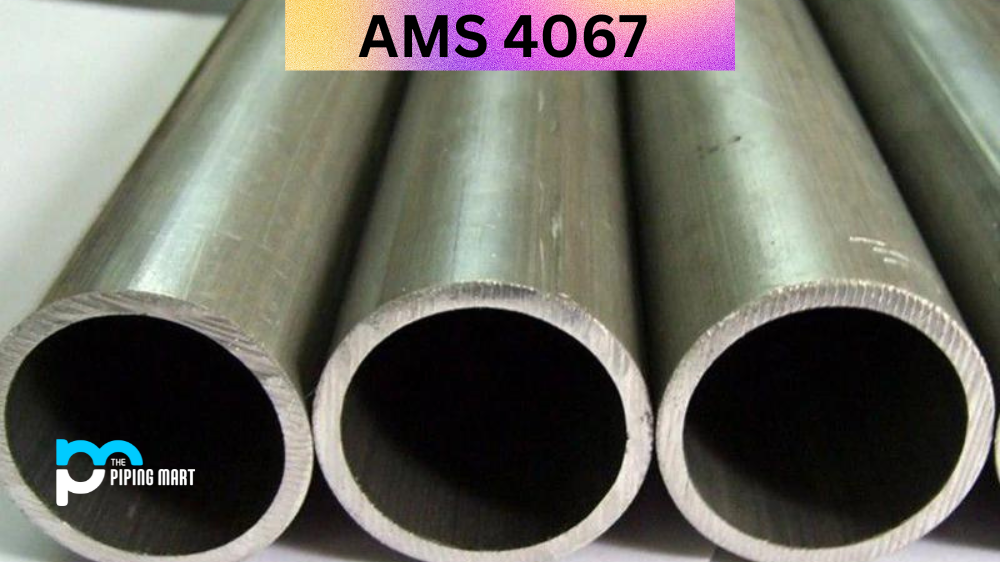Aluminium 2098 is an alloy grade with a wide range of properties that make it suitable for various applications. It has excellent corrosion resistance, heat resistance, and mechanical properties, which makes it a popular choice for engineers, welders, and machinists. This article will provide an overview of the composition, chemical properties, physical properties, uses corrosion resistance, heat resistance, heat treatment options and machining capabilities of Aluminium 2098.
Aluminium 2098 Composition
Aluminium 2098 is a copper-based alloy containing between 0.7% and 1.2% copper, 0.4% to 0.7% manganese and up to 0.25% iron as well as other small amounts of other elements such as magnesium or chromium, depending on the specific application requirements.
| Element | Amount |
|---|---|
| Copper (Cu) | 3.20-3.80% |
| Lithium (Li) | 0.80-1.30% |
| Magnesium (Mg) | 0.25-0.80% |
| Manganese (Mn) | 0.35% |
| Zinc (Zn) | 0.35% |
| Silicon (Si) | 0.12% |
| Titanium (Ti) | 0.1% |
| Aluminum (Al) | rem% |
Aluminium 2098 Mechanical properties
Aluminium 2098 offers remarkable mechanical properties, making it an ideal material for use in a variety of situations. Its high strength-to-weight ratio, low density and excellent corrosion resistance make it popular for aerospace applications such as structural components, wings and fuel tanks. Additionally, its ability to withstand extreme temperatures makes it suited for commercial and military engine components, power transmission systems and other industrial uses. With so many advantages from aluminium 2098’s unique manufacturing processes, the future looks bright for this versatile material.
| Temper | DIR | T851 |
|---|---|---|
| Tensile strength MPa (ksi) | LT | 510 (74) min |
| Yield strength MPa (ksi) | LT | 476 (69) min |
| Elongation A5,65 √ % | LT | 6 min |
| Stress Corrosion Cracking MPa (ksi) ASTM G47 | LT | 350 (50.7) max |
Aluminium 2098 Chemical Properties
The chemical properties of Aluminium 2098 make it resistant to corrosion from many different chemicals, including acids and bases. It also has good fire retardant properties due to its high melting point (2048°F/1121°C). Additionally, the alloy has low electrical conductivity making it ideal for use in electrical applications such as motor housings or switchgear components.
Aluminium 2098 Physical Properties
The physical properties of Aluminium 2098 include excellent ductility, which allows it to be formed into complex shapes without cracking or breaking; high strength, which makes it suitable for structural applications; excellent thermal conductivity, which makes it suitable for use in heat exchangers; and excellent malleability which makes it easy to shape into intricate shapes without compromising its strength or integrity.
Aluminium 2098 Uses
Aluminium 2098 is widely used in aerospace engineering due to its high strength-to-weight ratio; automotive engineering due to its ability to resist wear from friction; electrical engineering because of its low electrical conductivity; medical devices due to its biocompatibility; military applications due to corrosion resistance; precision engineering thanks to its malleability; telecommunications because of its electromagnetic shielding capability; welding because of its weldability; and in general manufacturing for a variety of other applications where corrosion resistance is important.
Corrosion Resistance
Aluminium 2098 has excellent corrosion resistance even when exposed to harsh chemicals or extreme temperatures, making it suitable for various outdoor applications, including marine environments where saltwater can be particularly corrosive. This is large because aluminium forms an oxide layer on the surface when exposed to oxygen, making it highly resistant to oxidation or rusting over time.
Heat Resistance
The high melting point (2048°F/1121°C) makes Aluminium 2098 highly resistant against temperature extremes making it well suited for high-temperature environments such as furnaces or boilers where peak temperatures may exceed 2000°F/1093°C.
Heat Treatment
Additionally, with proper heat treatment processes such as ageing treatment, precipitation hardening, solution treating & quenching etc., this alloy can be further strengthened by increasing hardness while maintaining its formability even at higher temperatures.
Machining
Due to their excellent formability, aluminium alloys are easy to machine using conventional methods such as turning, milling, and drilling etc.; however, care must be taken when using abrasive tools that contain silicon carbide or diamond particles as these materials can cause excessive wear on cutting tools. Care must also be taken when drilling holes into the material so that the edges do not become brittle during the drilling process.
Welding
Aluminium alloys are easy to weld using traditional arc welding techniques. Still, special attention must be paid when welding thicker sections since these may require to preheat treatment before joining. In addition, filler metals should always be selected based on application requirements such as strength, hardness, ductility, etc., to achieve maximum results.
Conclusion
In conclusion, aluminium alloys such as 2024-T4 have exceptional mechanical, physical and chemical properties making them ideal for use in a wide range of industries where strength, durability and corrosion resistance are paramount. Proper heat treatment processes can also be further strengthened while retaining their formability at elevated temperatures, making them well-suited for demanding applications requiring extreme conditions. Furthermore, they are easily machined using conventional methods. However, special care must be taken when using abrasive tools, while welding them requires paying close attention to preheating requirements to achieve maximum results. Overall, aluminium alloys like 2024-T4 offer superior performance, especially when compared to steel alloys, so if your application requires extreme performance, consider aluminium alloys like 2024-T4 first!

A passionate metal industry expert and blogger. With over 5 years of experience in the field, Palak brings a wealth of knowledge and insight to her writing. Whether discussing the latest trends in the metal industry or sharing tips, she is dedicated to helping others succeed in the metal industry.




